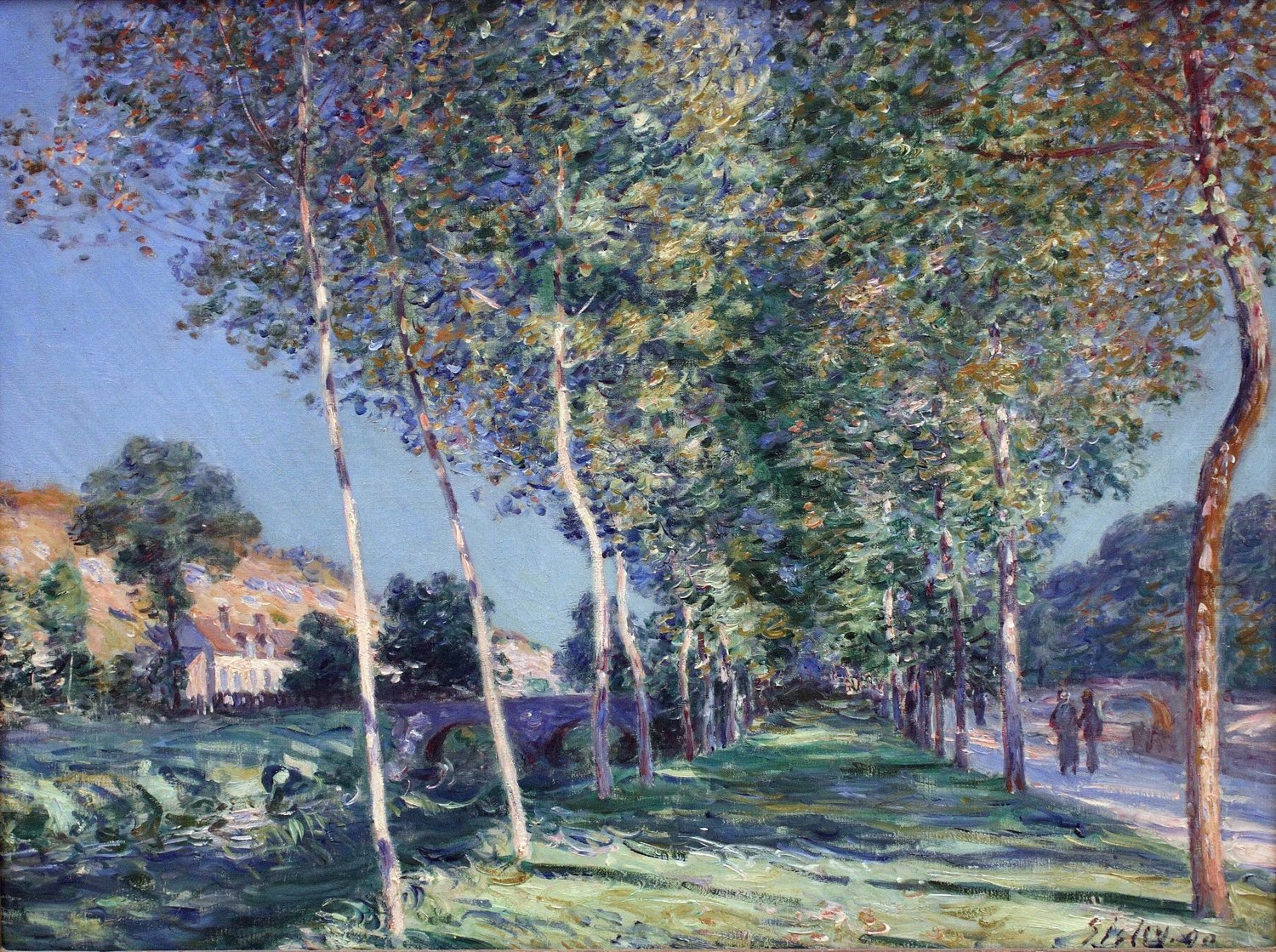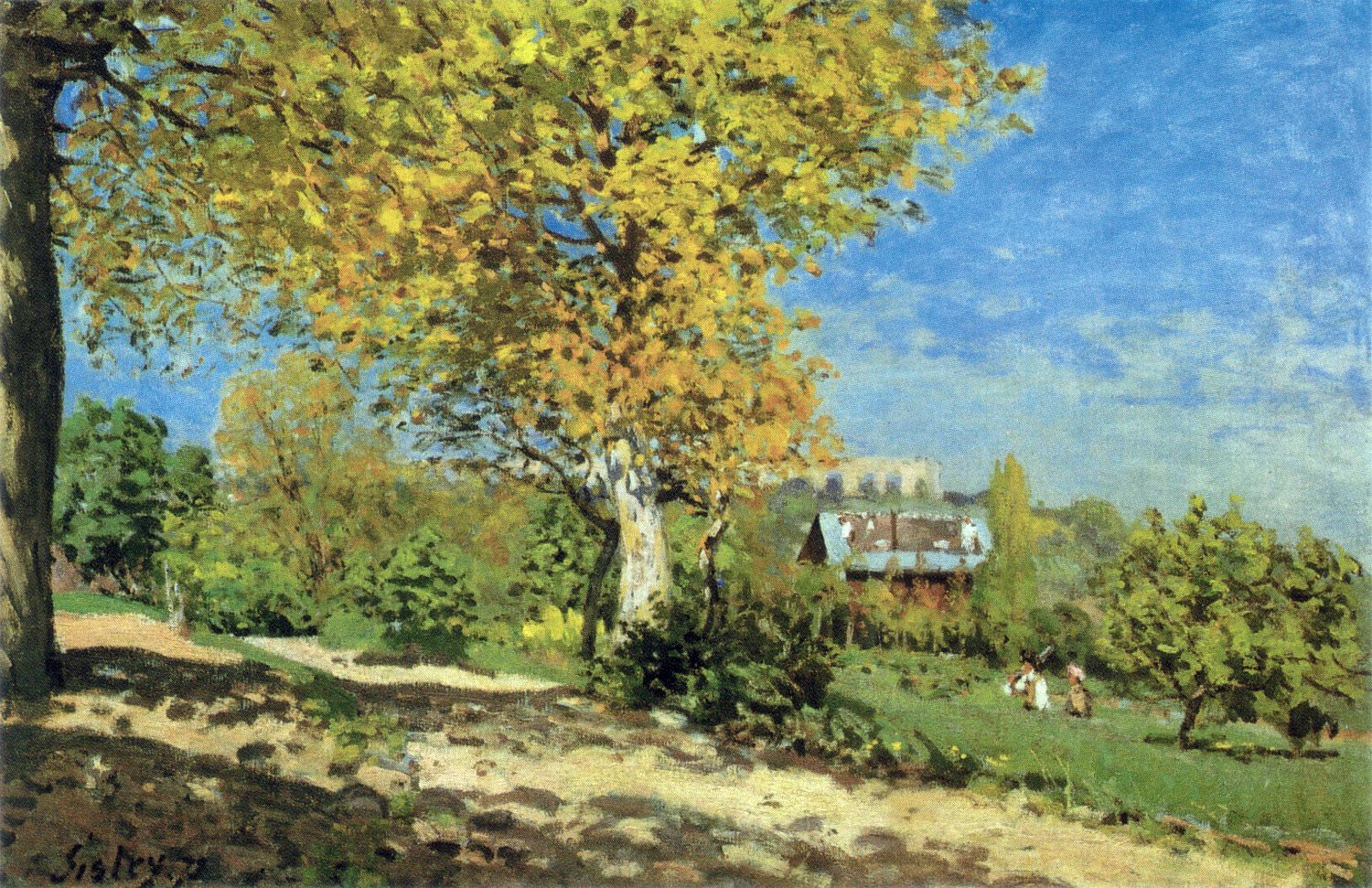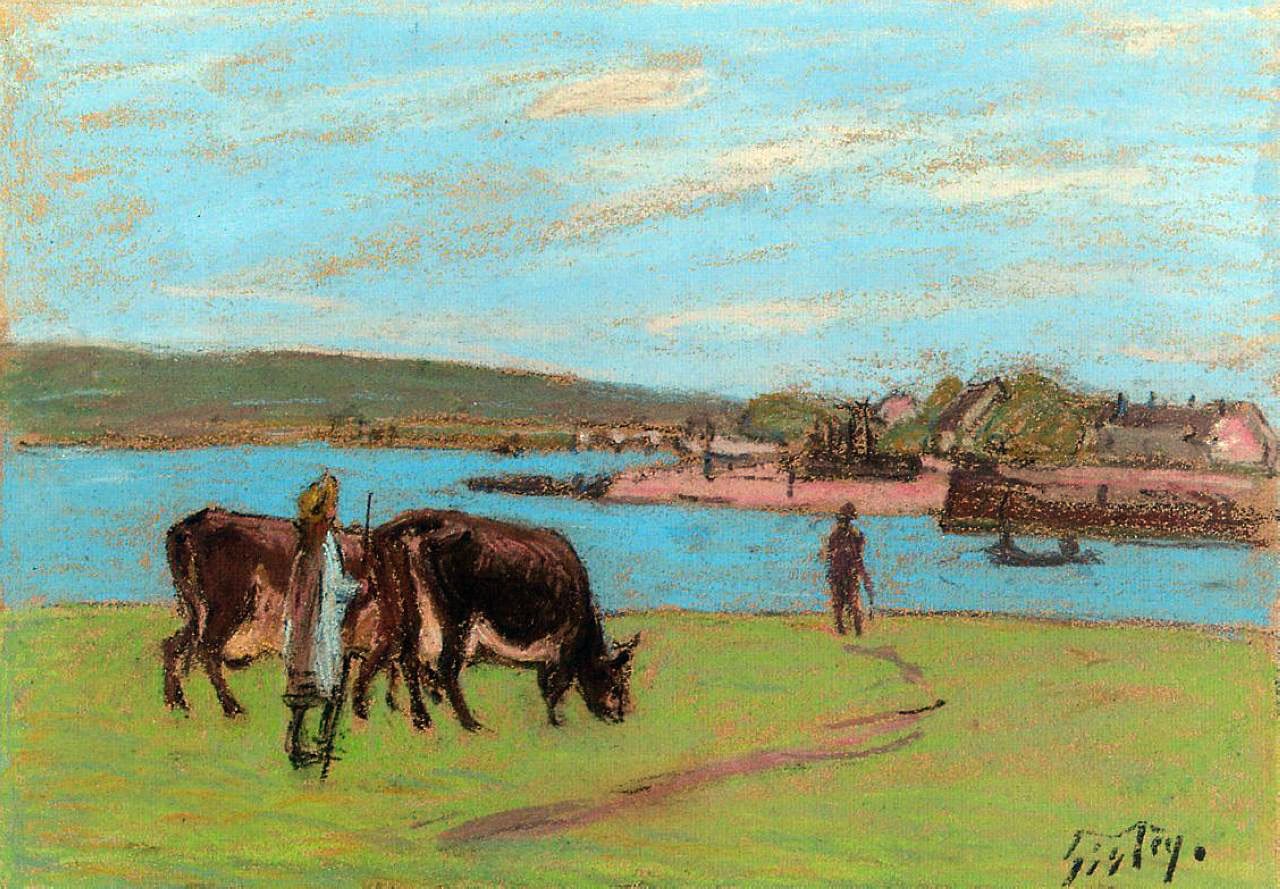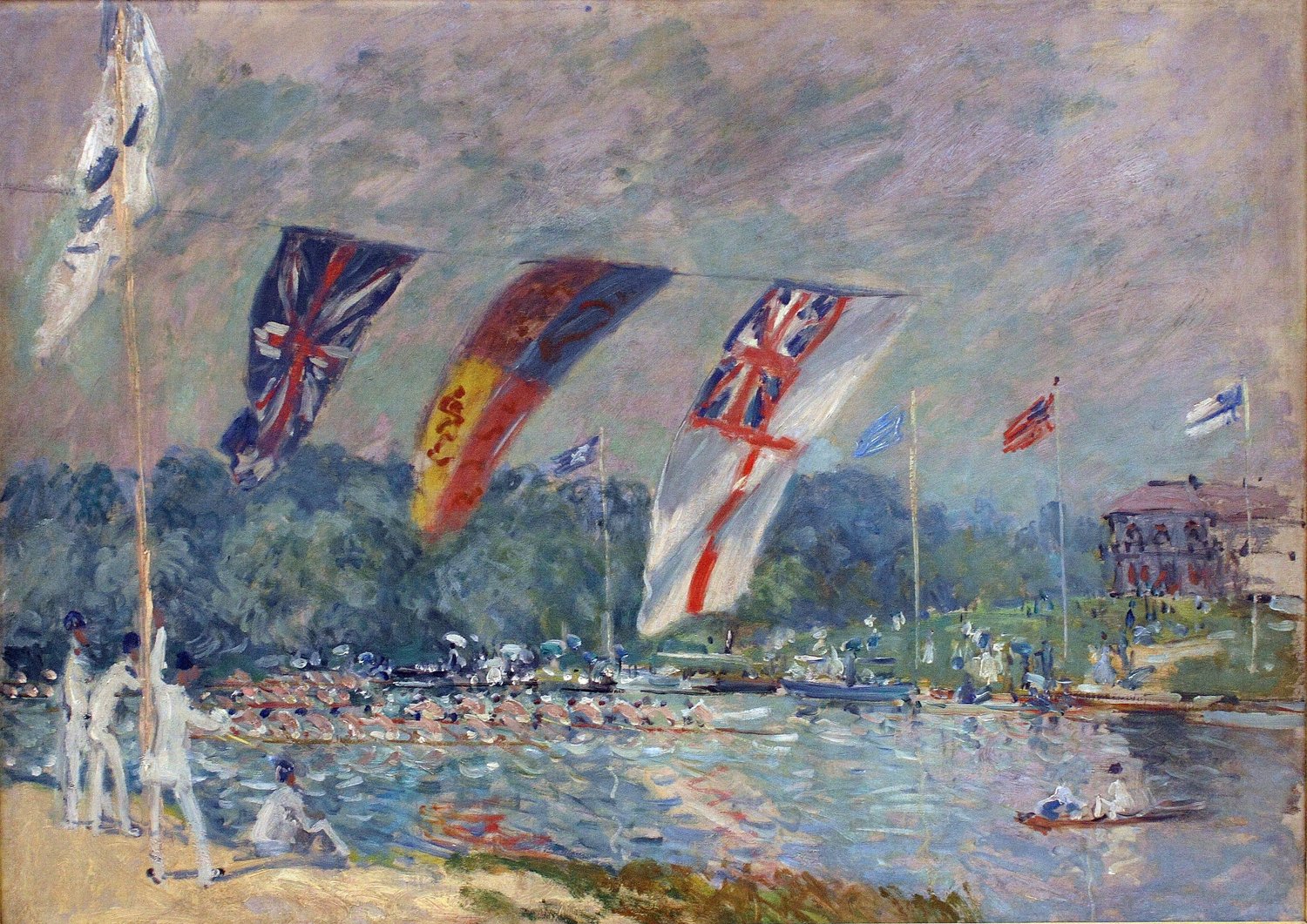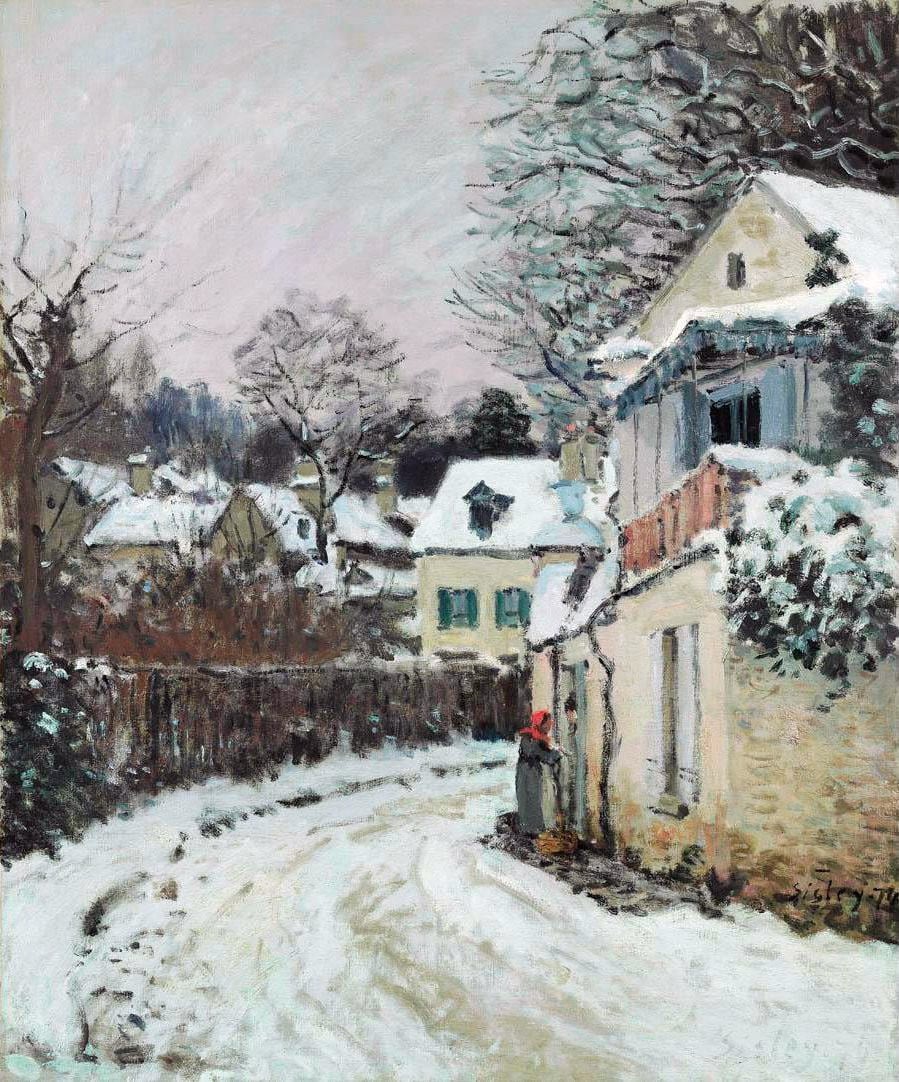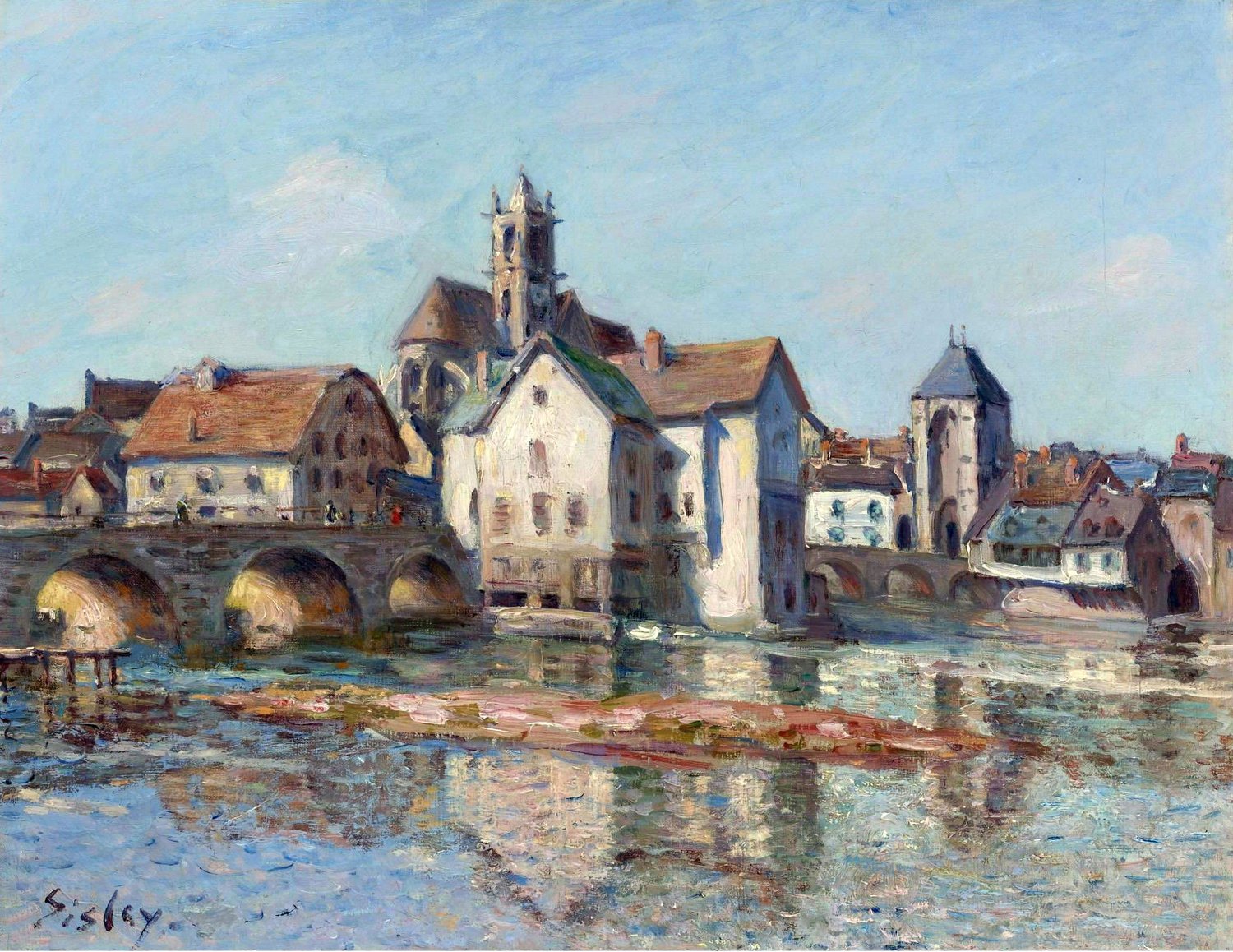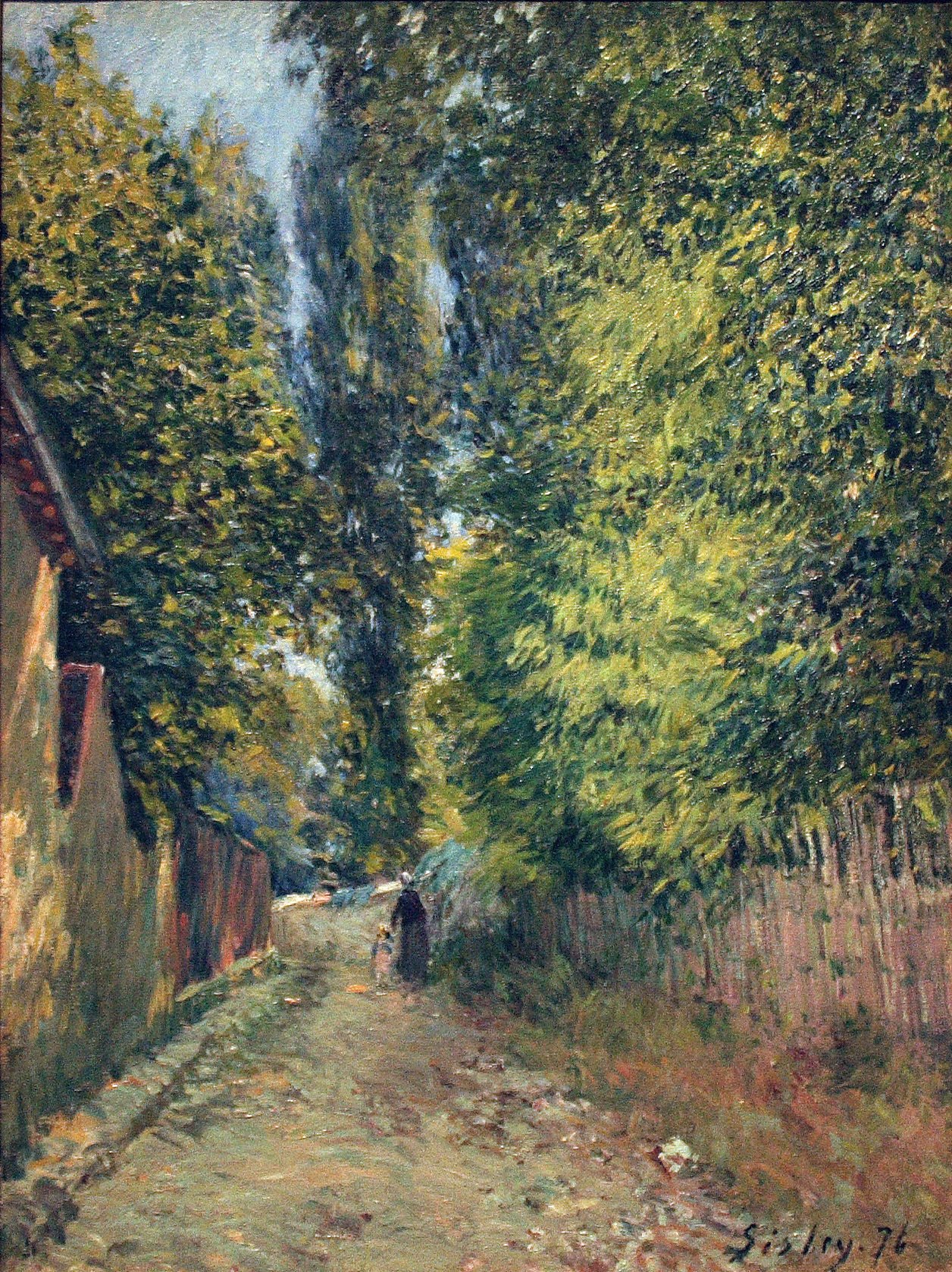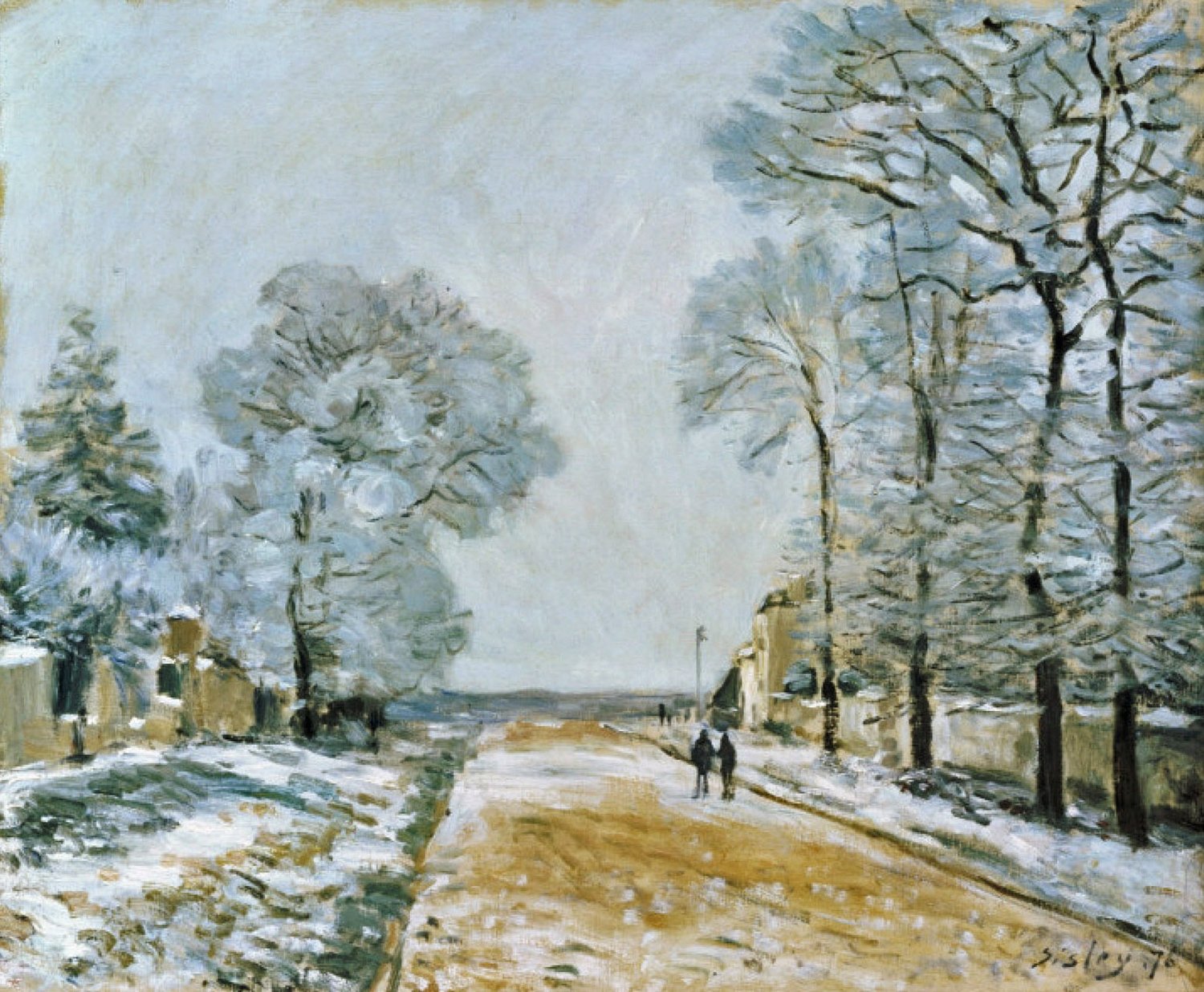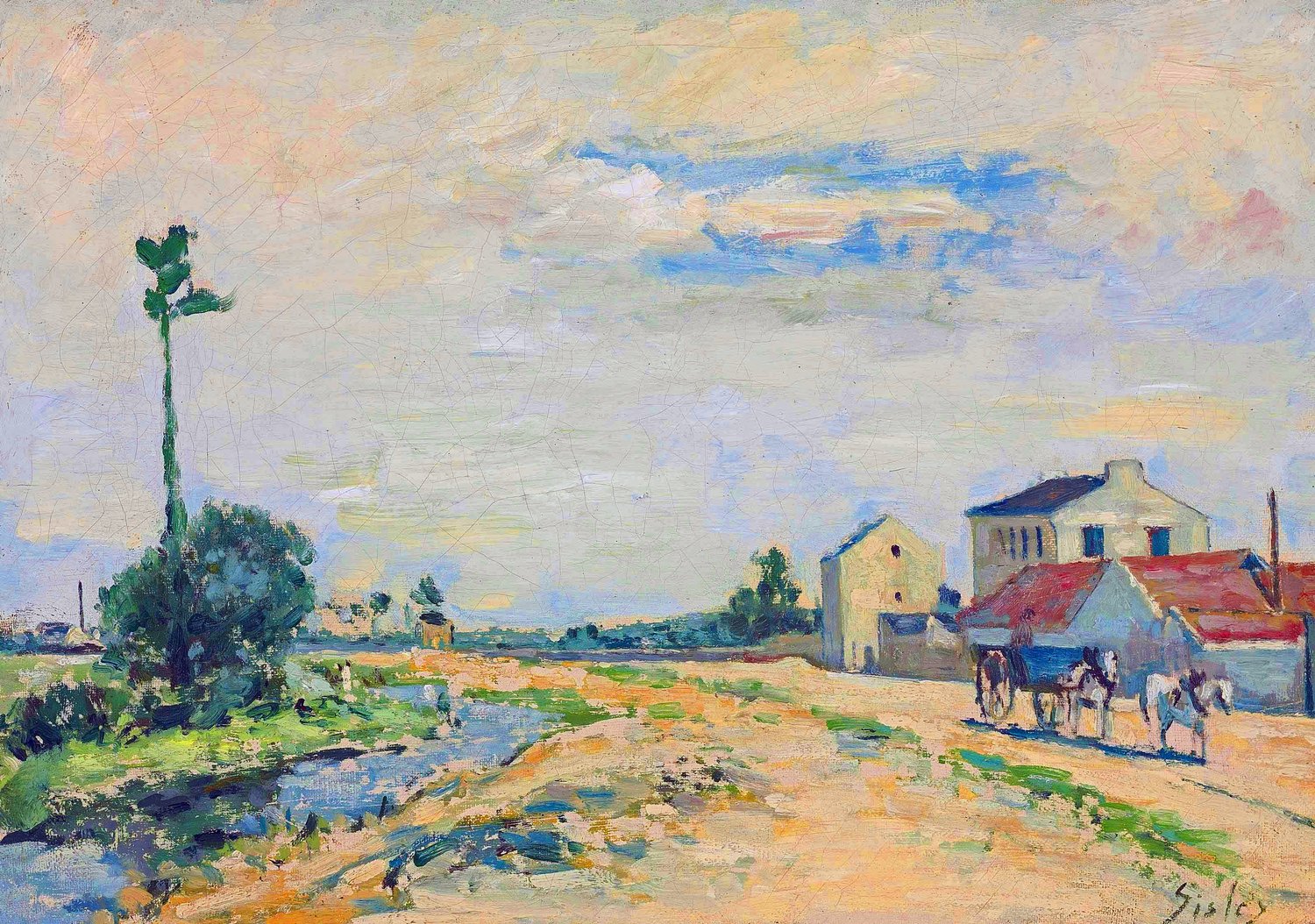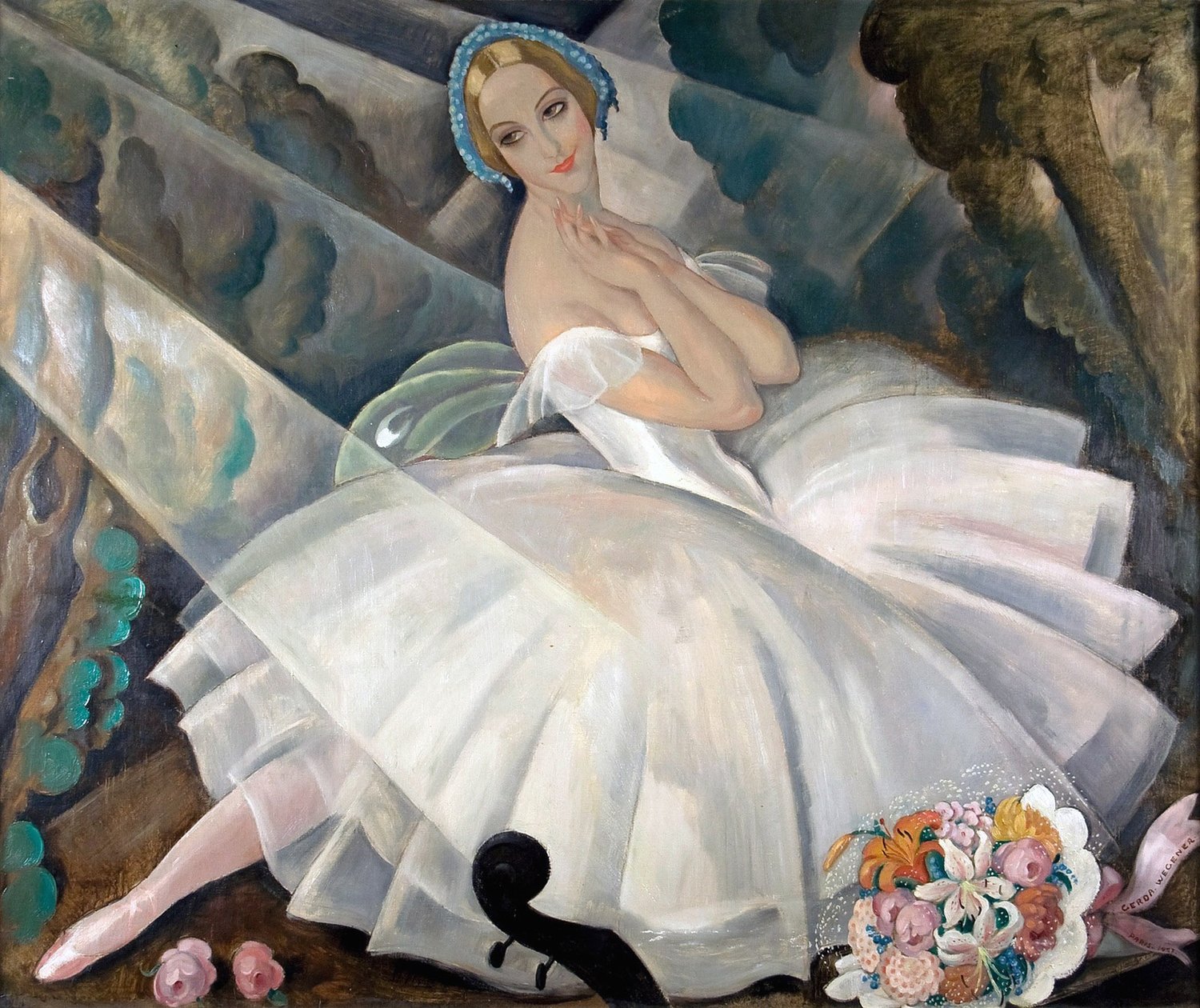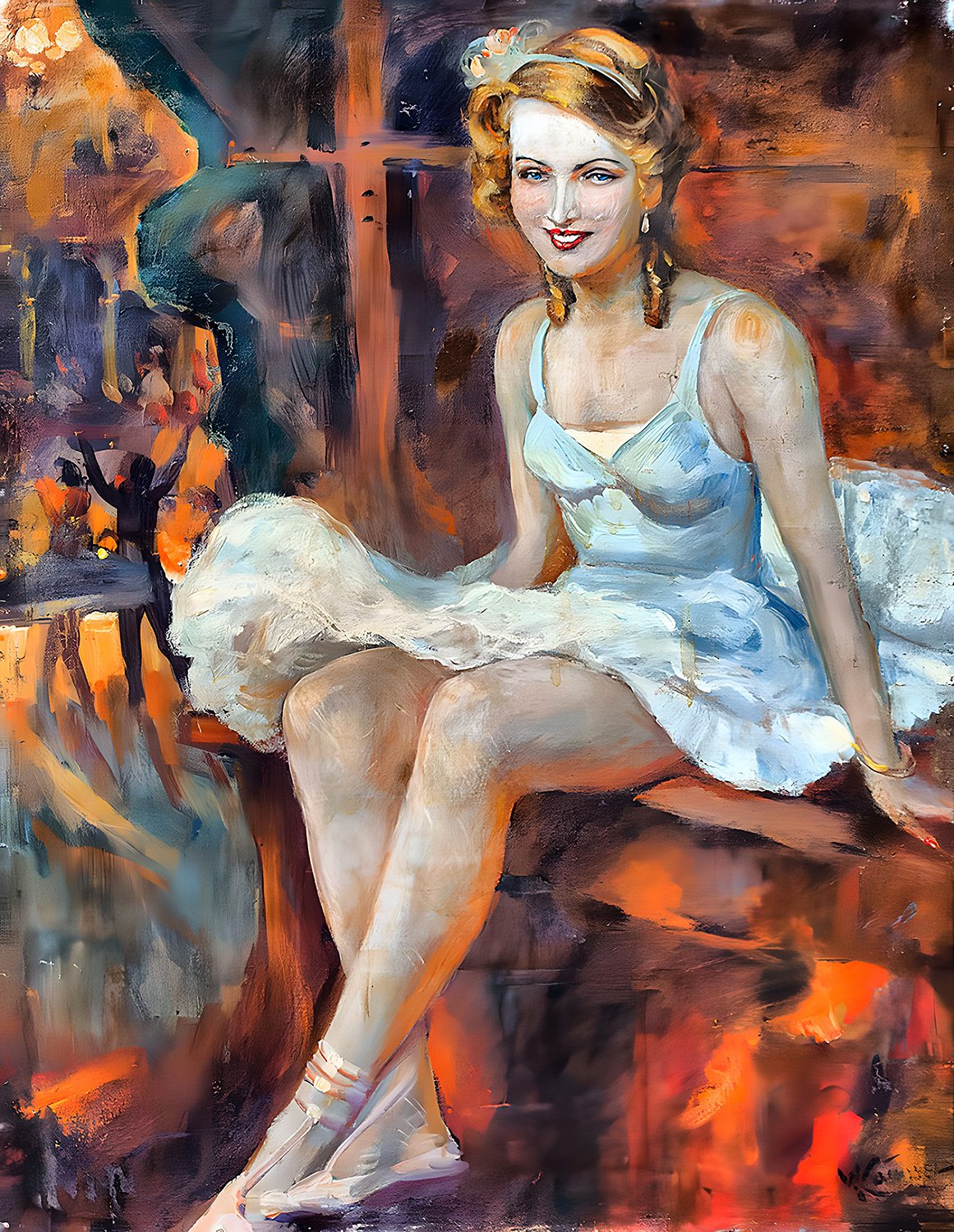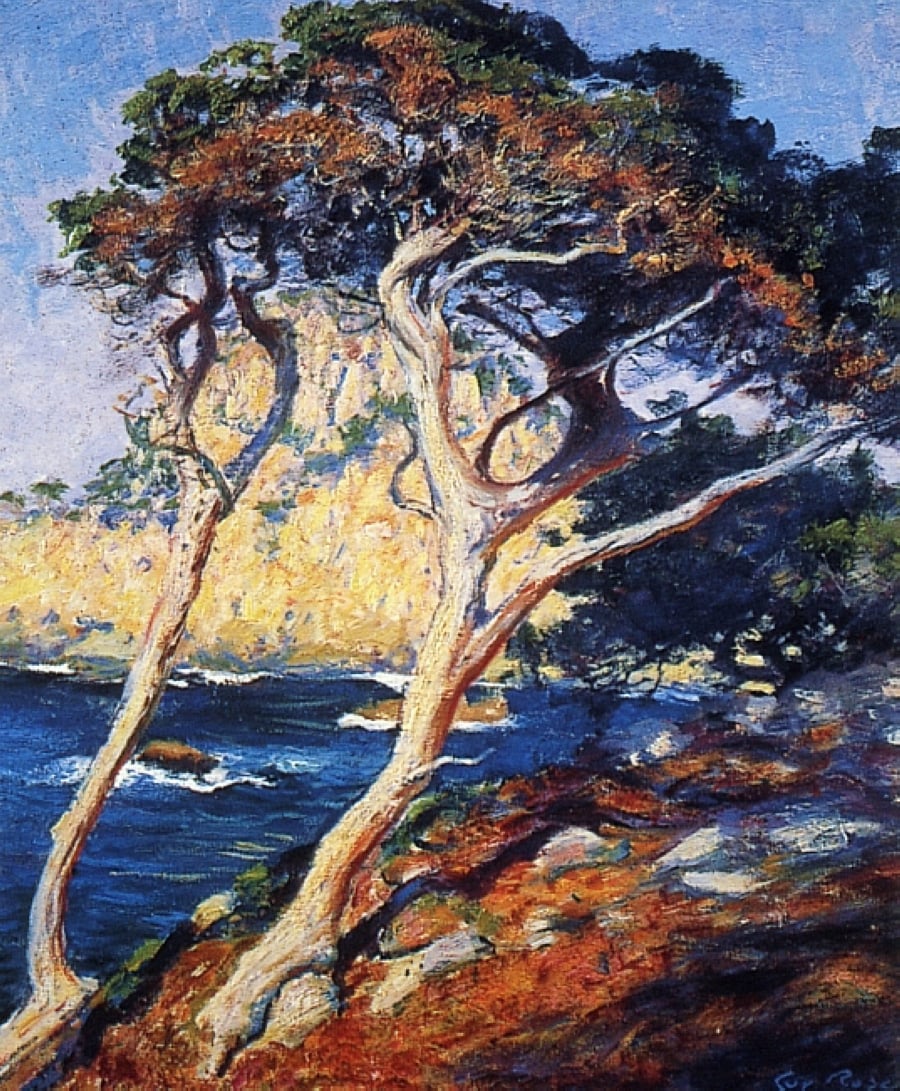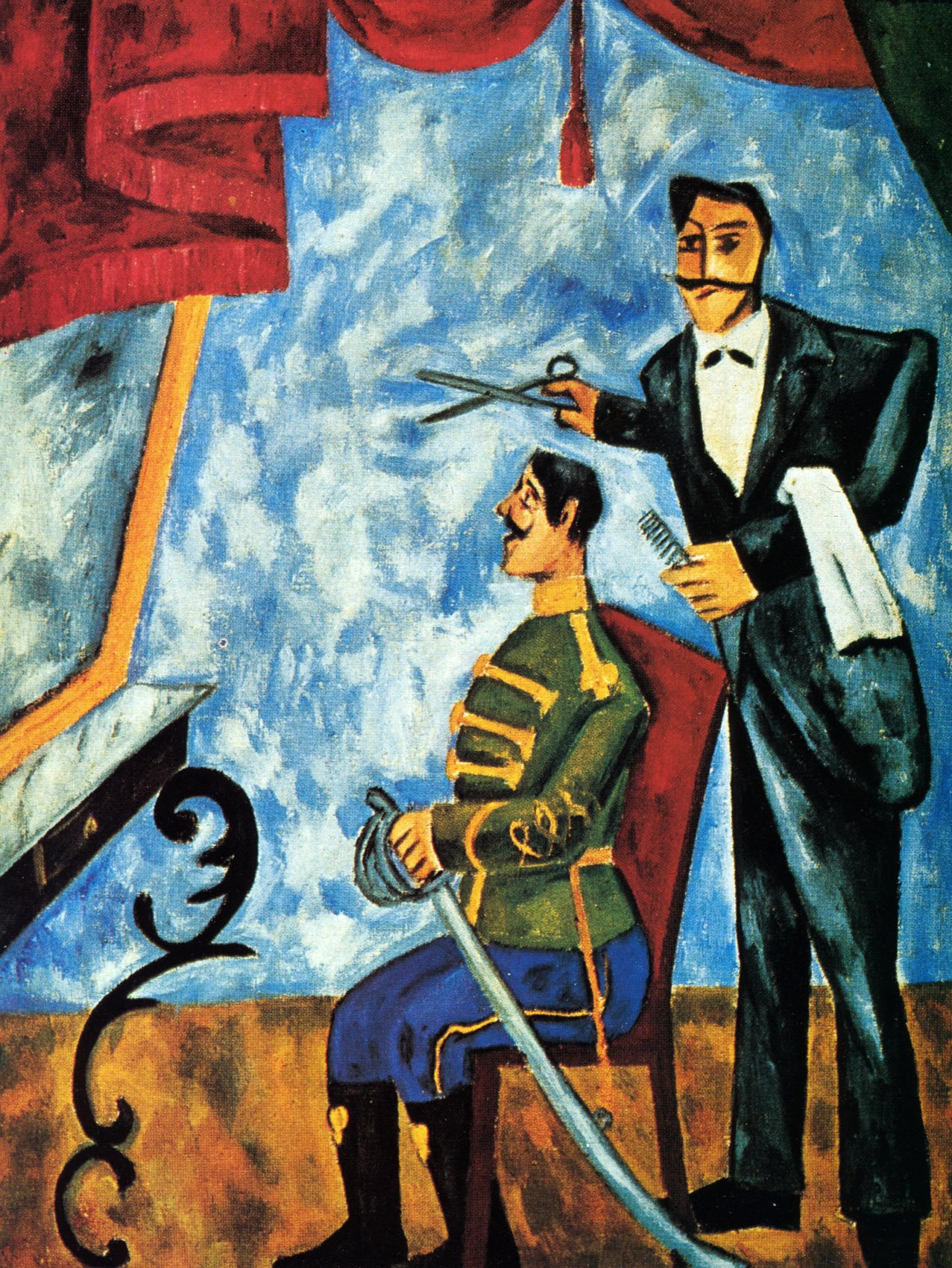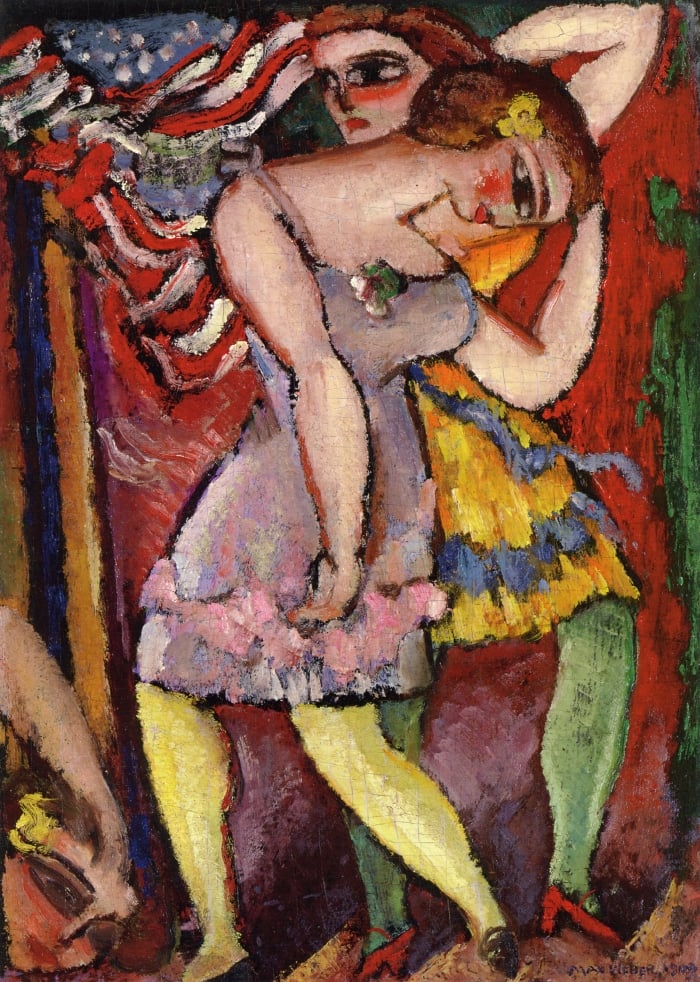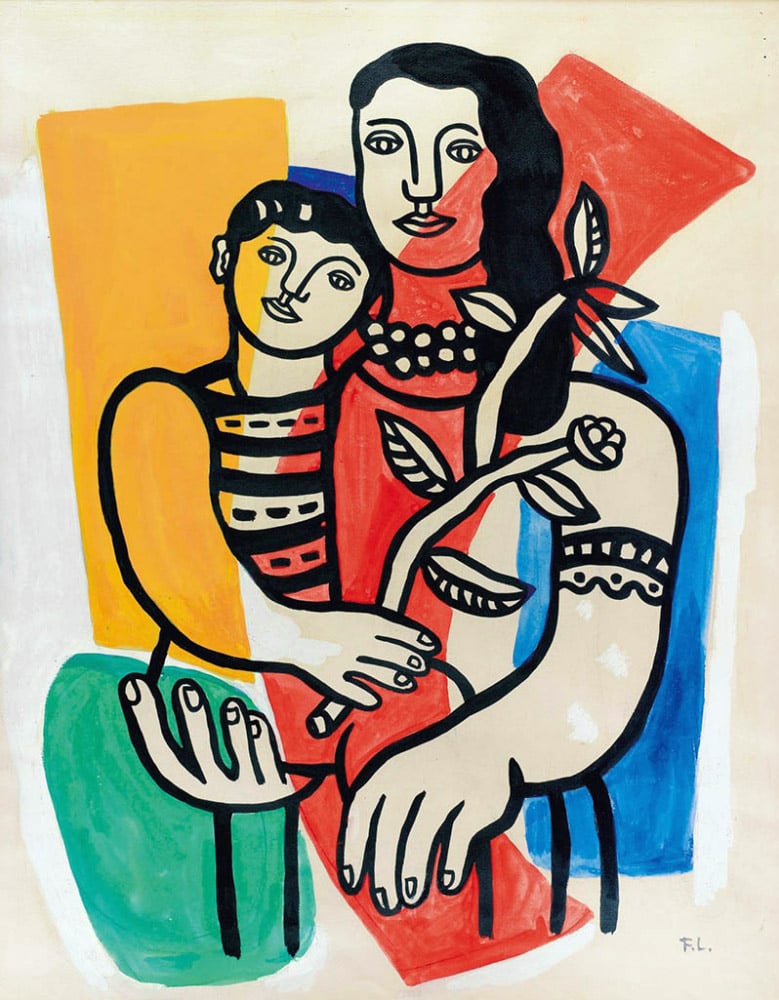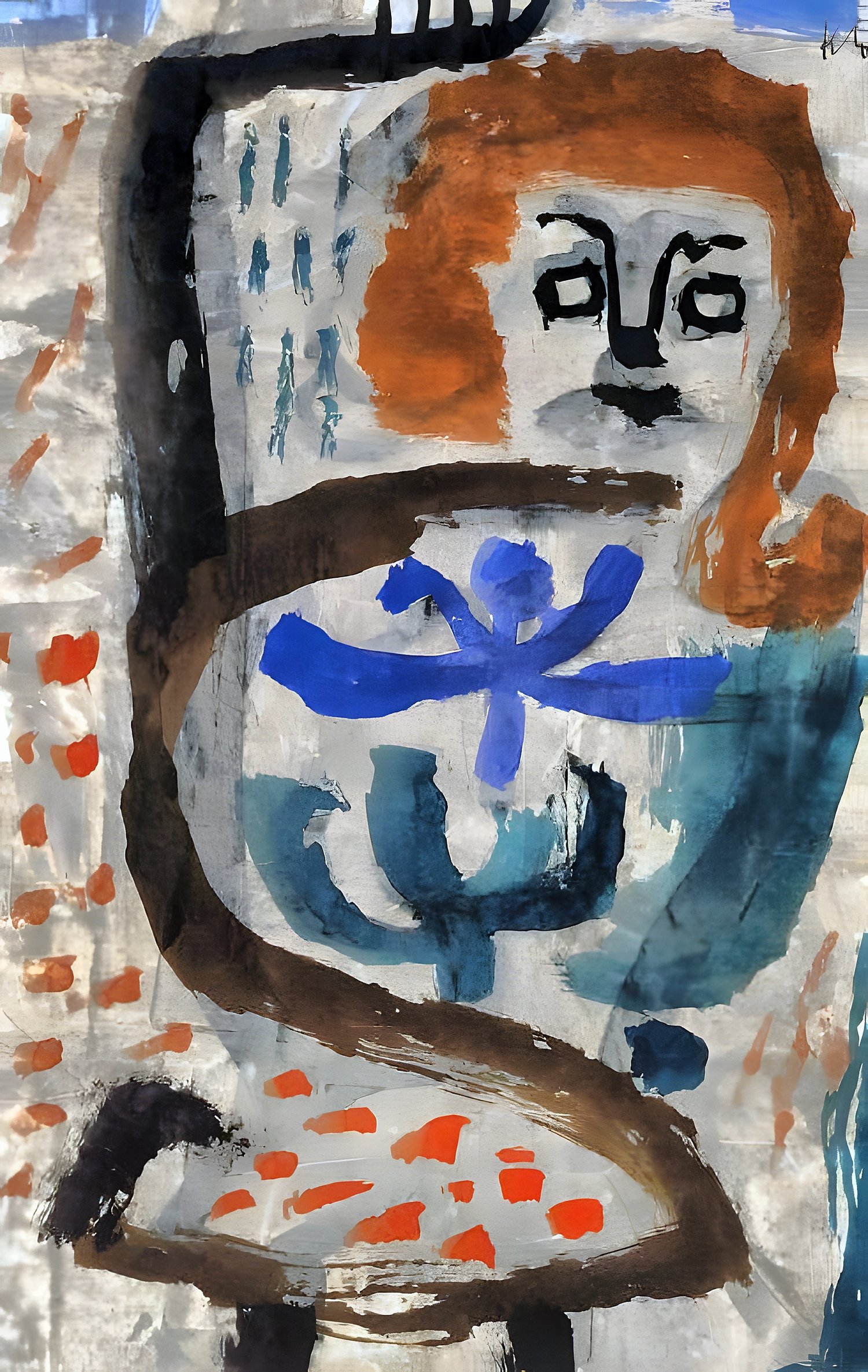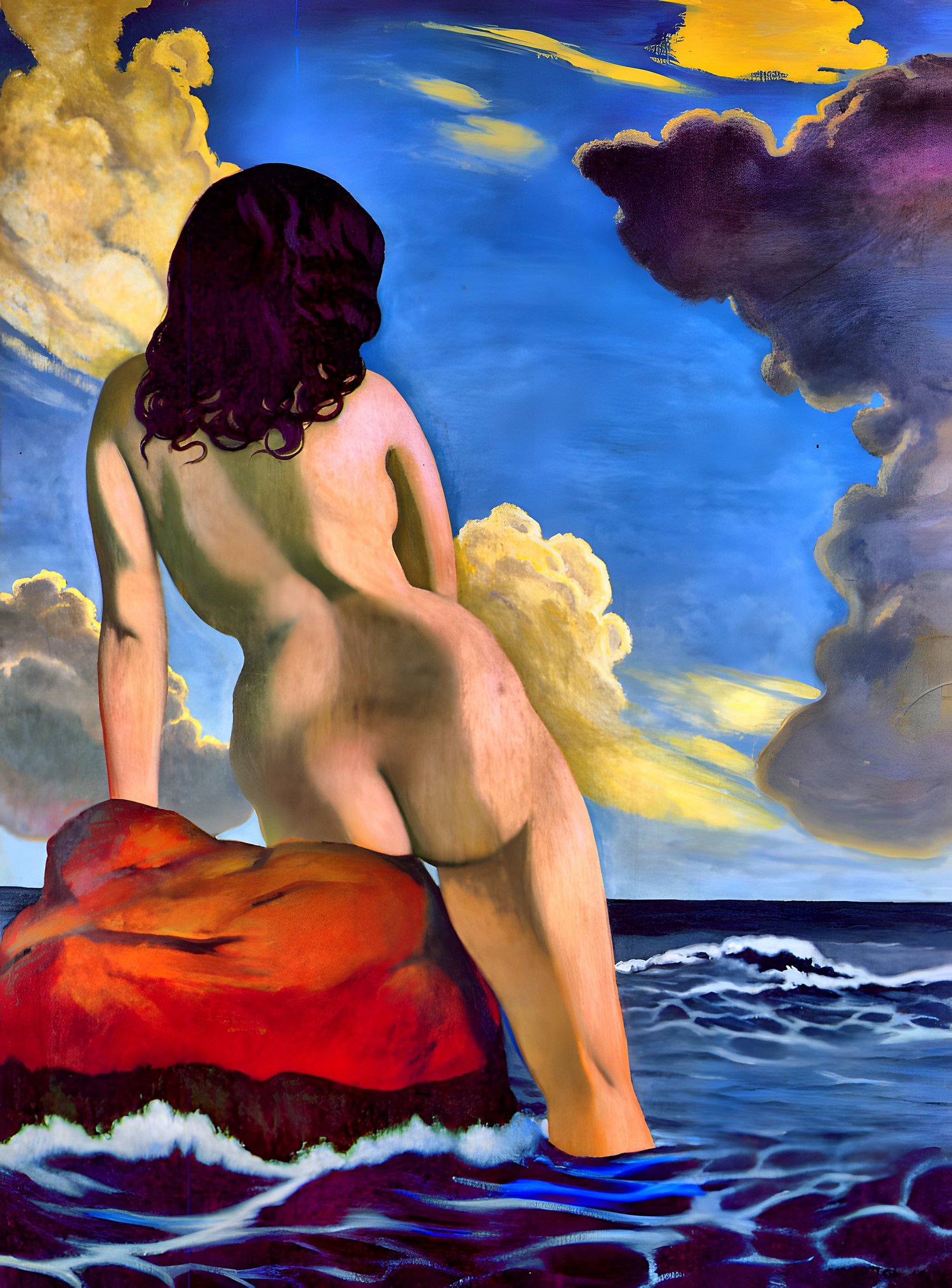French impressionist Alfred Sisley
On Sale
$0.00
$6.99
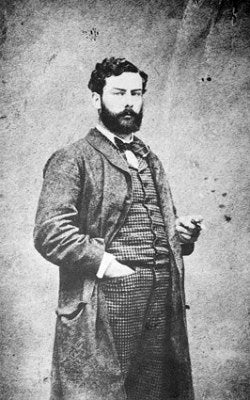
E-book in PDF-format with quantity of masterpieces of this artist + Video + 547 his paintings
Alfred Sisley - French painter, master of landscape. By origin an Englishman. In the years 1860-1863 he studied in Paris in the workshop of S. Gleire, and was influenced by Camille Corot. One of the leading masters of impressionism, Sisley wrote landscapes of Paris’s sublime landscapes, marked by subtle lyricism and sustained in a fresh and restrained light spectrum. Landscapes of Sisley, conveying the true atmosphere of the Ile-de-France, keep in themselves the special transparency and softness of natural phenomena of all seasons. His enchanting images of nature with a slight touch of sadness fascinate amazing transfer of mood at a given time. An Englishman by birth, Alfred Sisley gained fame as a French artist, whose work belongs to the undoubted achievements of impressionism.He grew up surrounded by the care and affection of his parents. With his decision to become an artist, his father reconciled, although he did not particularly like it, appointing him worthy content. In 1860, the twenty-year-old Sisley began his studies in the workshop of S. Gleire (1806-1874). In the workshop, Sisley met and became friends with really close people who later formed the core of the impressionist group. These were C. Monet, O. Renoir, F. Basile. In 1863, all four left the workshop of Gleire, going to a free "swimming" - to open new artistic continents.
In the mid-1860s, he had a romance with the model Eugene Leskuse (1834-1898). In 1867, a lover had a son, Pierre, and in 1869 a daughter, Jeanne. Alfred’s father, angry at his son’s “unbecoming behavior”, deprived him of his content. Sisley was on the verge of poverty. In essence, this situation lasted until the end of his life.
Sisley always sought to live near the rivers, so the water, which the artist seems to have been in love with, is an indispensable element of his paintings. Even where it is not in the usual "pond" form, it is still present, turning into rain or snow. The seasons and their change is another theme of Sisley's creativity. The artist painted winter scenes, fresh greens of early spring, hot summer sun and deep colors of autumn, varying the time of day, weather conditions and lighting.
From 1880 until his death, Sisley lived in Moret-sur-Luen. It was a voluntary exile. The artist is tired of fighting for success. It was difficult for him to stay close to his successful comrades. It seems he was especially jealous of the fame of his closest friend, Claude Monet. Against the background of Monet's bright manner, Sisley’s works looked almost classical, although in fact they were completely impressionistic. But nobody wanted to understand these subtleties. Sisley was deeply depressed. Since that time, he ceased to participate in exhibitions of the Impressionists.
He spent the three summer months of 1898 with his family in Cornwall and on the south coast of Wales. In Cardiff, the artist officially formalized his marriage with Eugenie, after which he became the legitimate father of his children. In the new capacity of the official husband of his wife, he unfortunately did not stay long. In 1898, his wife fell ill with throat cancer. The illness was painful, and Sisley left the painting to care for Eugenie. He already knew that the same disease "eats" himself. In January 1899, having buried his wife, he invited Monet to visit him. The meeting of old friends was bitter. Sisley asked Monet to take care of Pierre and Jeanne. A week later, the artist died and was buried next to Eugenie at a local cemetery. A heavy, moss-covered stone was brought to the grave, brought to Moret from the forest of Fontainebleau, so beloved by Sisley.


